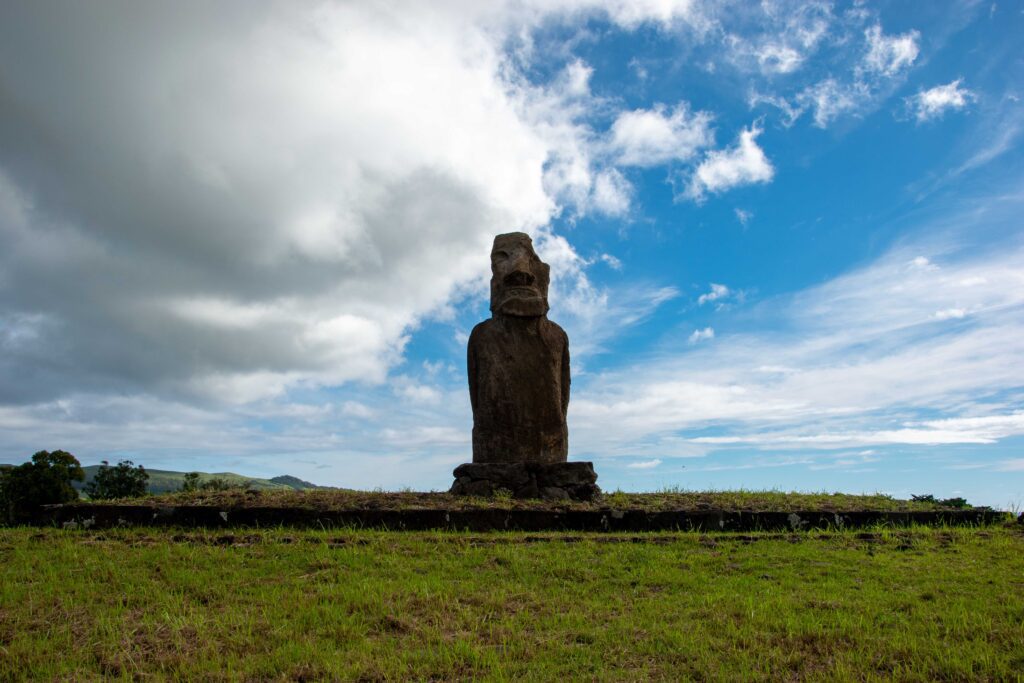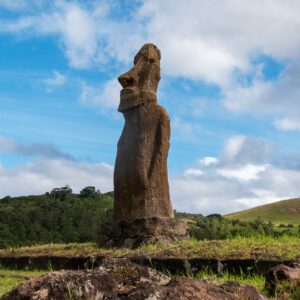Today the winter solstice (in Rapa Nui language Ta'u Ho'ou) is celebrated on the Ahu Huri a Ureŋa on Rapa Nui.
The cosmos has been revered by all ancient civilizations since the beginning of time. Rapa Nui was no exception, here the sun, the moon, the planets, the stars, the constellations and their position in the firmament have always been observed throughout the year.
In the past, it was the Maori u'i hetu'u or stargazing experts who realized that the appearance in the sky of this or that star or its change of position coincided with certain natural phenomena occurring on land and in the sea.
The position of the stars in the sky determined the right time to plant or harvest, the arrival of migratory birds, turtles, the spawning of certain fish and other aspects linked to nature. Each special occasion implied the performance of ceremonies in the sacred places, ahu or altars.
Among the most important constellations is the Pleiades, known as Matariki in Rapa Nui. The 7 stars that form it appear with the first light of dawn, at the end of May and June, and indicate the beginning of the winter solstice and the beginning of the year.
The celebration for the appearance of the Pleiades took place at the Ahu Huri altar to Ureŋa, a solar-oriented altar, which was built perpendicular to the azimuthal line, the imaginary line that joins the rising and setting of the sun on these dates and marked the longest night of the year.
The ancient Rapa Nui learned to differentiate the solstices and equinoxes by looking at the stars, and thus to identify the different seasons of the year. For each season there were specific ceremonies and rituals to give thanks and attract good omens.








